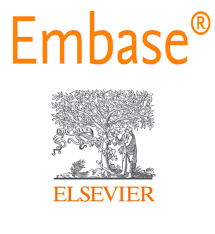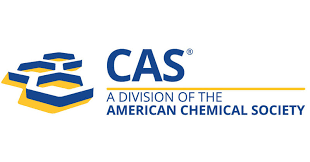A Review of Current Knowledge and Approaches for Managing Myopia Control
Keywords:
Myopia, Refractive Error, Axial Elongation, Genetic Risk, Near Work, Outdoor Activity, Atropine, Orthokeratology, Myopia Control, Vision Public HealthAbstract
Myopia, or nearsightedness, has emerged as one of the most prevalent visual
disorders worldwide, with alarming increases in incidence among children and
adolescents, particularly in East Asia (Holden et al., 2016). It is projected that nearly
half of the global population will be affected by myopia by the year 2050, making it
a significant public health concern. This review aims to consolidate current
understanding regarding the etiology, risk factors, pathophysiological mechanisms,
and effective intervention strategies to control the onset and progression of myopia.
Key contributing factors include both genetic predisposition and environmental
influences such as prolonged near work and insufficient outdoor activity (Zadnik et
al., 2015; Rose et al., 2008). The underlying pathophysiology primarily involves
axial elongation and retinal signal disruption (Flitcroft, 2012). Evidence-based
control measures—ranging from low-dose atropine and optical interventions to
behavioral modifications—are discussed, highlighting their benefits and limitations
(Chia et al., 2012; Lam et al., 2020). The review also underscores the necessity for
future research into long-term outcomes, personalized therapies, and global policy
reforms to address disparities in access and treatment. A multidisciplinary,
preventive approach remains essential to mitigate the global burden of myopia.
.png)









